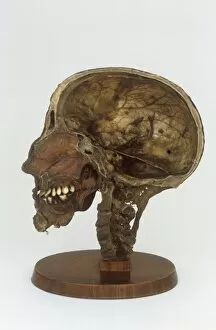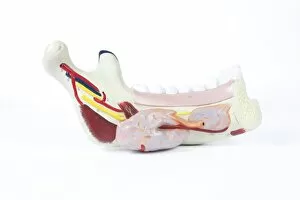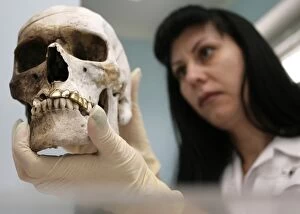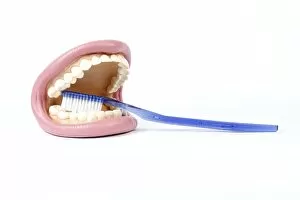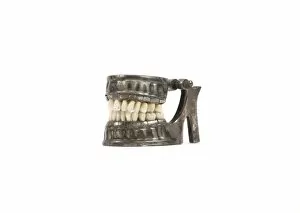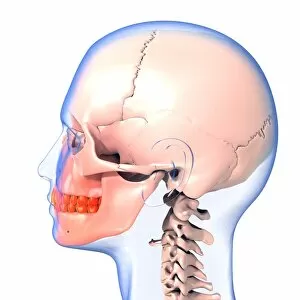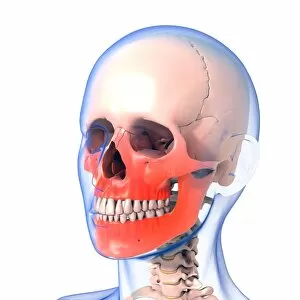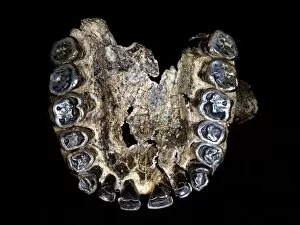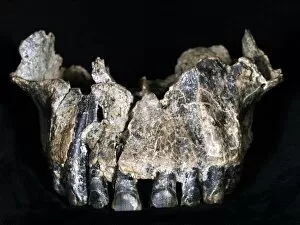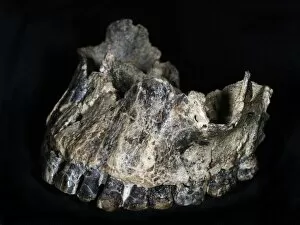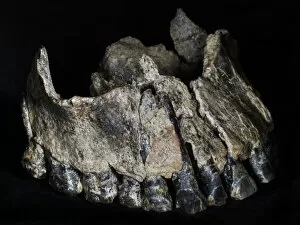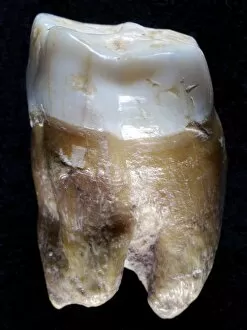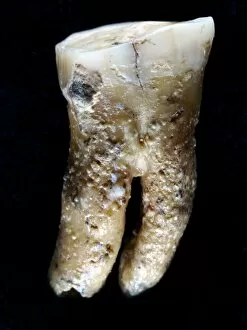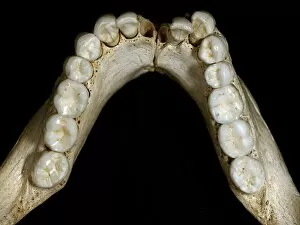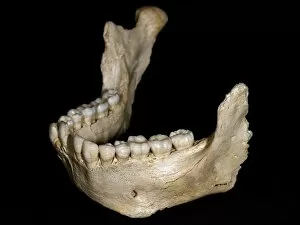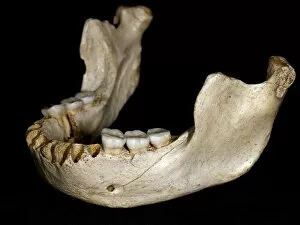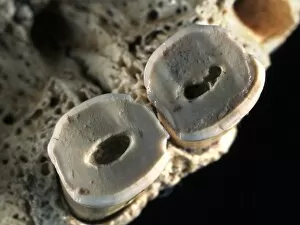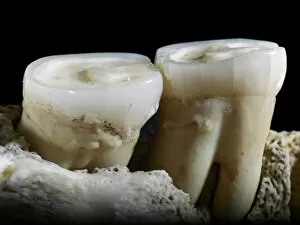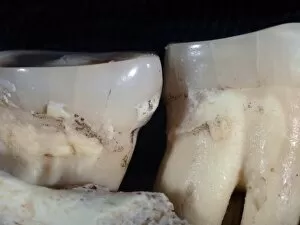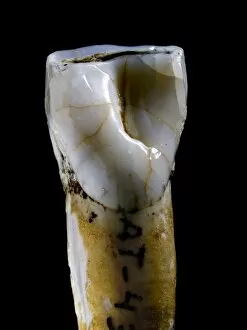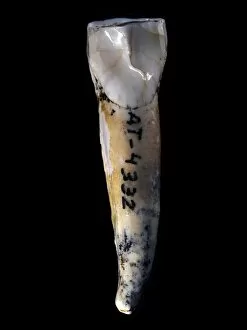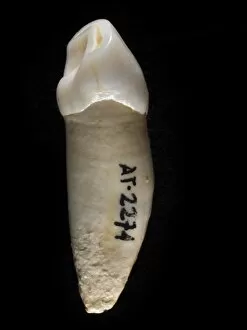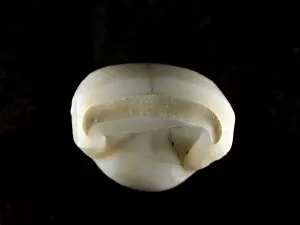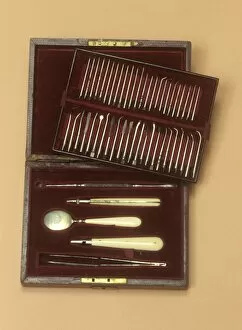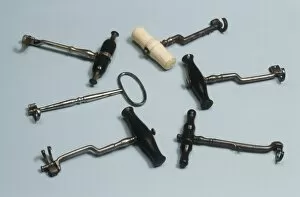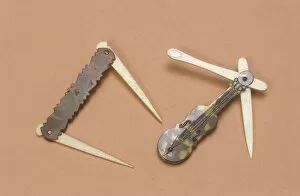Dental Collection (#7)
"Dental: Exploring the Fascinating World of Teeth and Dentistry" Step into the realm knowledge as we unravel the secrets hidden within our jaws
For sale as Licensed Images
Choose your image, Select your licence and Download the media
"Dental: Exploring the Fascinating World of Teeth and Dentistry" Step into the realm knowledge as we unravel the secrets hidden within our jaws. From ancient anatomical studies to modern diagnostic techniques, join us on a captivating journey through time. Leonardo da Vinci's "Skull Anatomy" serves as a testament to his meticulous observations, revealing intricate details that continue to shape our understanding structures. The panoramic dental X-ray, a marvel in modern dentistry, allows us to peer beneath the surface and gain comprehensive insights into oral health. It unveils hidden mysteries while guiding professionals towards effective treatment plans. Travel back in time with a Victorian scrap depicting an era when tooth extraction was not for the faint-hearted. Witness the determination of dentists pulling teeth amidst grimaces and clenched fists – a stark reminder of how far dentistry has progressed. In H. M. Bateman's cartoon "Cause & Effect, " we find humor intertwined with truth. The comical portrayal sheds light on both patient anxieties and dentist expertise, showcasing their unique relationship built upon trust and skill. False teeth have long been an essential part of restoring smiles lost due to various circumstances. These remarkable prosthetics bring confidence back into people's lives by replicating natural teeth seamlessly. Zooming closer, let's explore the molar tooth - one of nature's masterpieces designed for chewing efficiency. Its complex structure is revealed through polarized LM imagery displaying decay patterns that highlight the importance of regular check-ups and proper oral hygiene practices. Sir John Lavery's painting "The Dentist" captures moments frozen in time; it reflects both apprehension and relief experienced during dental visits throughout history. A timeless piece reminding us that even art acknowledges dentistry’s significance in society. Witness innovation on wheels with a mobile dental surgery belonging to the French army – bringing oral care directly where it is needed most, ensuring access for all regardless of location or circumstance.



